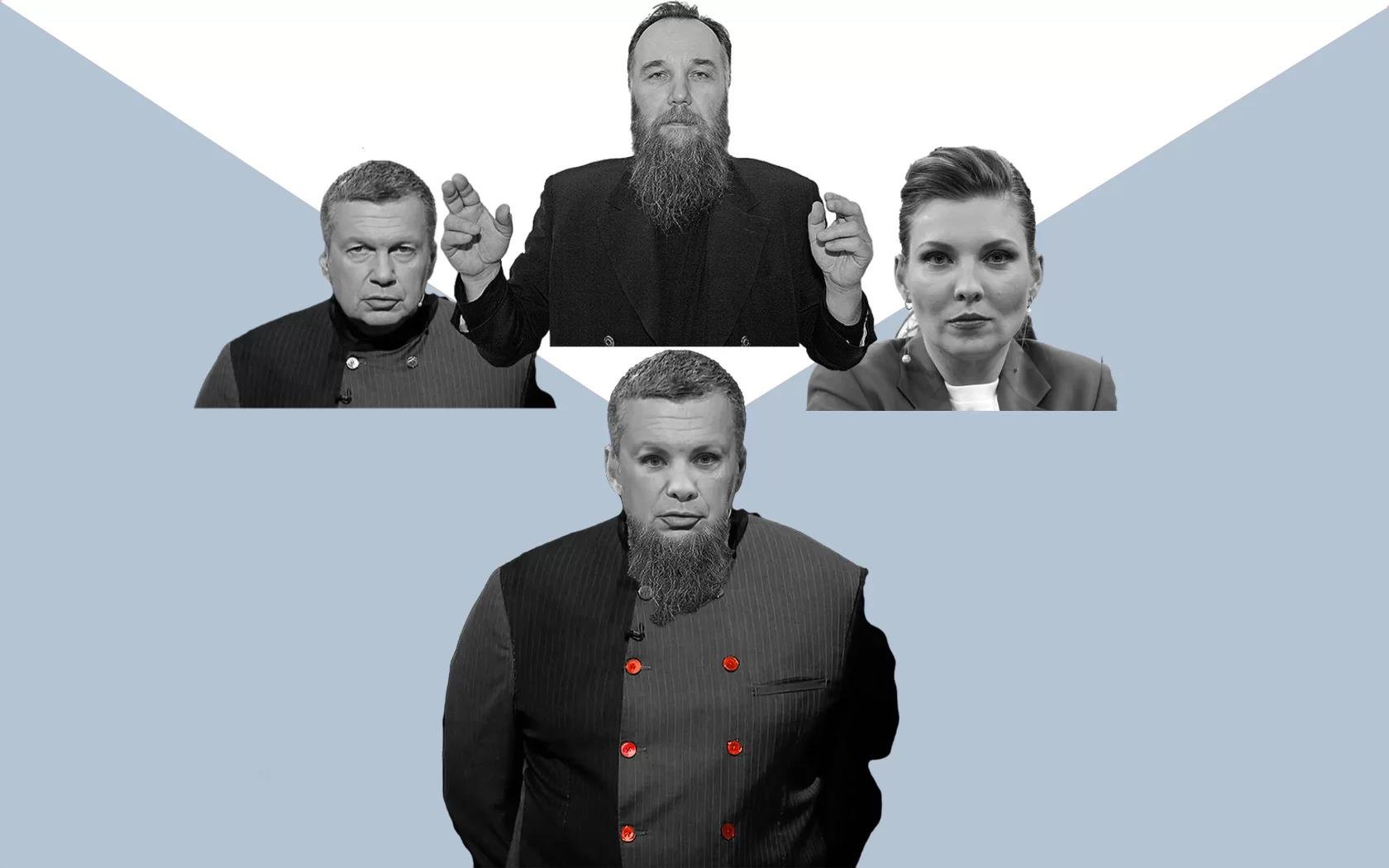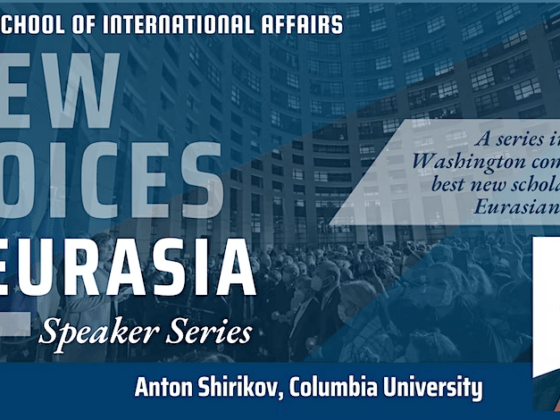(Russia Post) Russia has entered a new phase of the war with the “partial” mobilization announced by Vladimir Putin on September 21, exactly seven months after his (first) speech launching the “special military operation” first in the Donbas and then in the whole of Ukraine. It’s still unclear if the mobilization is really “partial,” as its parameters appear unclear and evidence of a more ambitious recruitment strategy is growing.
For months, the president and his entourage have firmly refused mass conscription, knowing it would make selling of the war challenging and would mean recognizing that the “special military operation” failed and turned into a broader and longer war of attrition. The regions bordering Ukraine, especially Belgorod and Kursk, already partly shifted to a war regime during the summer, though that was not the case for the whole of Russia until the September 21 announcement.
By its views of what is increasingly becoming a “war” in the Russian official narrative, the population can be schematically divided into three categories. One minority is made up of ideologically persuaded citizens who already believe that Russia should show more resolve in its stated goals of destroying the Ukrainian state and punishing the “Nazis” there – they support a more radical engagement. Another minority of citizens positions themselves against the mobilization, but with important caveats: some are against the war itself (with various arguments: one doesn’t invade their neighbor; Ukraine is a brotherly nation; war is always bad; etc.), while others are not necessarily against the war but don’t want to serve and are now developing strategies to avoid conscription (e.g. the massive flow of people leaving the country, less visible techniques of finding a job among those protected from conscription, or bribing military recruitment officials). A third group, a majority, finds itself without any predetermined political position besides loyalty to any decision taken by the regime. […]
Read More © Russia Post











